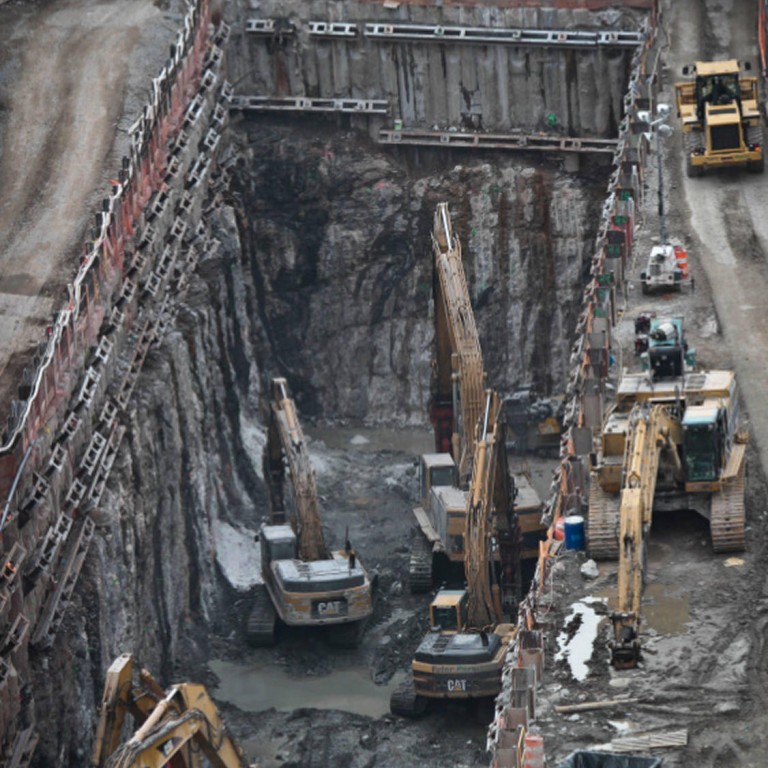
The US$185m New York tunnel to nowhere
Taking shape on Manhattan's far west side is a US$185 million, federally funded tunnel that leads to nowhere, for now. The 243-metre-long, 10-metre-deep concrete trench could someday lead to two new commuter rail tunnels under the Hudson River to New Jersey, if the billions needed to build them ever materialise.
Taking shape on Manhattan's far west side is a US$185 million, federally funded tunnel that leads to nowhere, for now.
The 243-metre-long, 10-metre-deep concrete trench could someday lead to two new commuter rail tunnels under the Hudson River to New Jersey, if the billions needed to build them ever materialise.
The access tunnel is being built now because of what will soon be built on top of it: the massive Hudson Yards development with six skyscrapers, the tallest being 80 storeys. Trying to dig such a huge trench through the bedrock after those buildings are completed, officials say, would be an engineering and financial nightmare.
Democratic Senator Charles Schumer was among the lawmakers who pushed Congress to approve Superstorm Sandy relief money for the planned flood-resistant access tunnel, calling it mitigation to protect infrastructure from future storms. He argued it would have to be built now because the skyscraper developers could not be delayed indefinitely.
"We asked them to delay months, but if we asked them to delay years, they may have said no," said Schumer.
The access tunnel is expected to be completed late next year.
There are two tunnels, opened in 1910, between New York's Penn Station and Newark, New Jersey, and they are unable to accommodate any more trains. They also flooded during Sandy in 2012.
Any kind of breakdown or glitch in the tunnels can lead to huge delays for the 250,000 people who use Penn Station every day on NJ Transit and Amtrak services.
"There's an urgent need to expand capacity between New York and New Jersey," said Craig Schulz, spokesman for Amtrak, whose trains serving the northeast corridor between Washington and Boston are often packed, with passeneger numbers growing.
Prospects for two new tunnels are unclear at best. Amtrak is working with US$45 million in federal money it is receiving over three years for planning and pre-construction work. Associated Press
